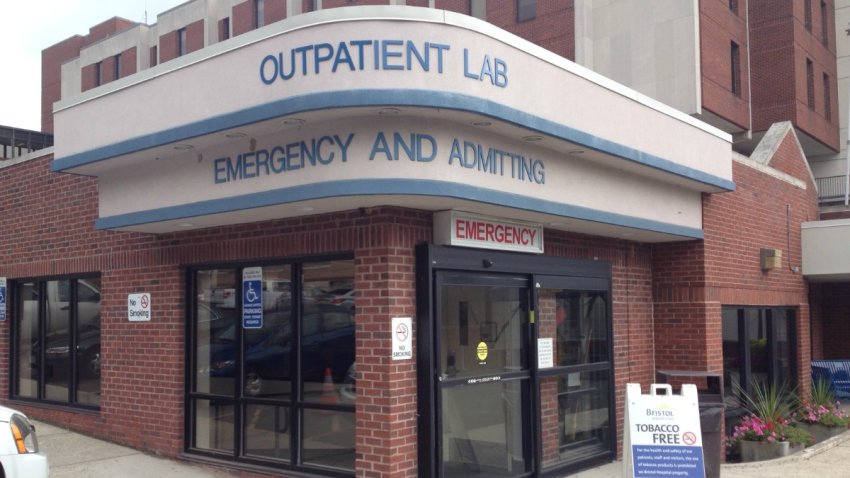This week, Oregon Health & Science University (OHSU) informed its staff that they would be laying off 500 or more people in the next 90 days. The announcement, made through a letter sent to employees on Thursday, cited increasing costs of supplies and labor as major contributing factors in their decision-making process. Although the exact number of employees to be let go was not specified, OHSU indicated that a minimum of 500 full-time positions would be cut, with more information to be provided “in the coming weeks.”

This announcement comes as part of a broader trend of layoffs in the healthcare industry across the United States. In Dallas, multiple former employees at White Rock Medical Center raised concerns over staffing, financial, and supply issues, recommending patients avoid the East Dallas hospital. White Rock Medical Center confirmed it laid off 158 people, more than a third of its staff, and stopped accepting EMS-transported patients following the layoffs.

In Bristol, Connecticut, a local hospital announced plans to eliminate 60 positions, including laying off nearly two dozen filled positions. A hospital spokesperson said 21 of the positions being eliminated are filled, 21 more are vacant, and the remaining 19 layoffs were accomplished through improved staffing management. The hospital cited little to no increases in reimbursement rates, resulting in an overall financial loss despite a 26% growth in salaries and wages, a 17% increase in the cost of drugs and supplies, and a nearly 10% rise in uncompensated care costs.

In California, the situation is similarly dire. Kaiser Permanente is laying off an additional 79 administrative employees after cutting 115 tech positions in December and 49 more administrative positions in October. John Muir Health in Concord laid off 164 employees after selling its home health services division. Tri-City Medical Center in Oceanside let go nearly 100 employees due to a 25 percent decline in hospital volume. Southwest Healthcare’s Palmdale Regional Medical Center suspended its maternity services and fired 87 workers. Additional cuts are planned across several Kaiser Foundation Hospital locations in Northern and Southern California.

Maine is also experiencing significant job cuts. St. Mary’s Health System, part of Covenant Health in Lewiston, is terminating 31 employees and reducing hours for many other workers. Meanwhile, in Pennsylvania, Tower Health in West Reading laid off 30 employees in December to “streamline operations” and outsourced much of its IT department to an external vendor.

In Florida, 60 employees at Coral Gables-based Baptist Health were “voluntarily” separated in November. River Medical Center in Dallas also reduced its workforce, letting go more than 80 people in 2022. Arkansas’ Baxter Health in Mountain Home cut 155 positions, and Rome Health in New York restructured its workforce by terminating 32 positions and reducing hours for other workers.

Minnesota’s Community Memorial Hospital cut 30 positions at its nursing home facility, which operates on the hospital campus. Minneapolis-based Fairview Health Services terminated 250 positions to address ongoing challenges, including inflation, high labor costs, and lagging payment rates from insurers. In Missouri, Boone Health in Columbia shut down its home care and hospice service line, resulting in the loss of employment for 26 employees.

Washington has not been spared either. Vancouver’s PeaceHealth informed the state in October that it was closing its Sacred Heart Medical Center University District hospital in Eugene, Oregon, impacting 463 caregivers. Ohio’s Toledo-based ProMedica laid off 122 people in October from its home health agency and closed facilities in Clyde, Ohio, and Dundee, Michigan. North Carolina’s Novant Health in Winston-Salem let go 160 employees in November as part of an “organizational redesign plan.”

Texas saw additional layoffs with Southwestern Health Resources and Vibra Healthcare reducing their workforce significantly. Iowa’s Southeast Iowa Regional Medical Center in West Burlington is laying off 67 people across two hospitals. Massachusetts’ Tufts Medicine in Burlington cut hundreds of positions from its diagnostics labs in August and outsourced these to Labcorp.

The wave of layoffs across the healthcare industry highlights the financial challenges faced by hospitals and healthcare providers nationwide. Many news outlets have emphasized that the cuts predominantly affect administrative staff and upper-level management, aiming to reduce redundancy and improve organizational efficiency. However, these job cuts also signal a deepening trend of mergers, acquisitions, and monopolization in the healthcare industry, which could lead to a further deterioration in the quality of care at the expense of profit.





